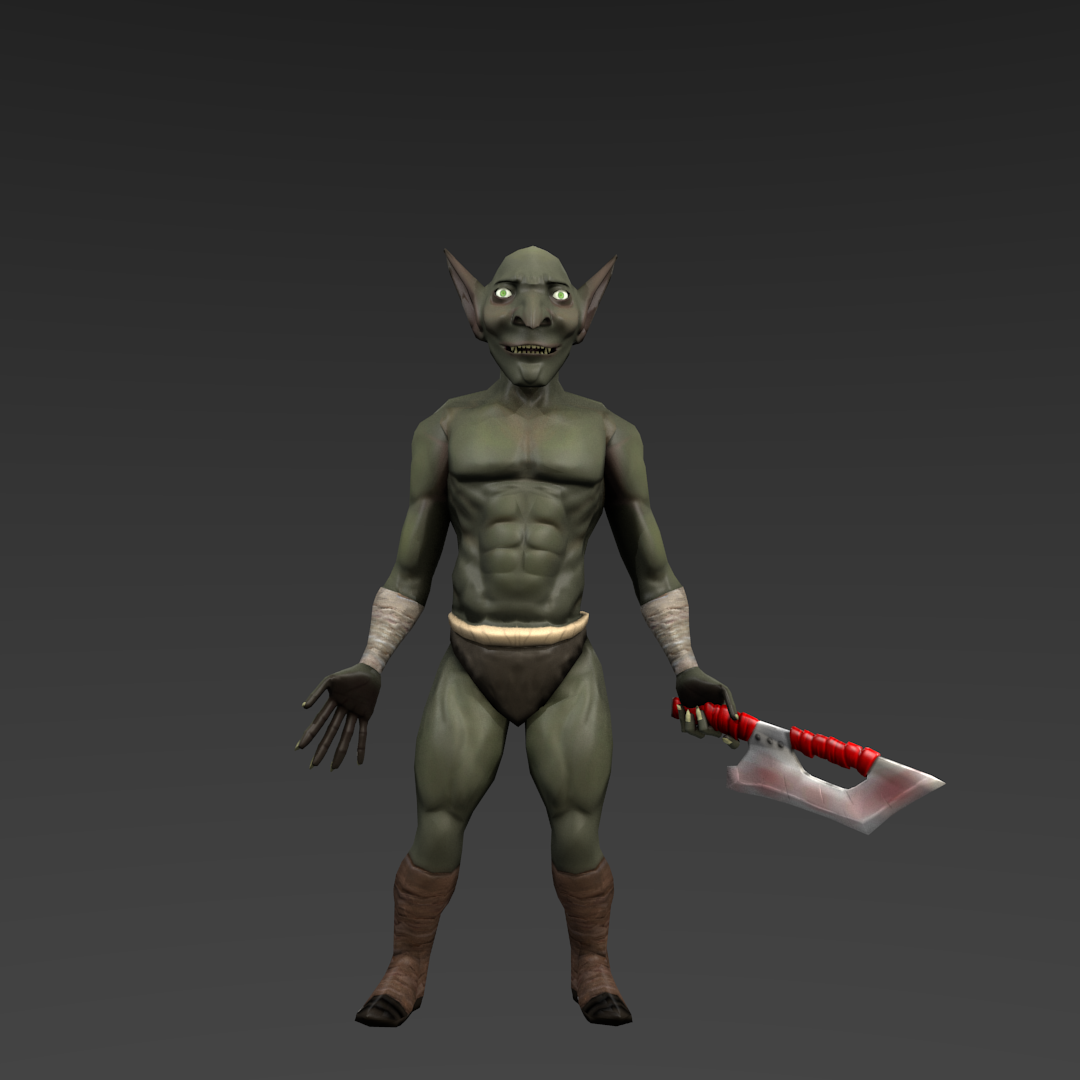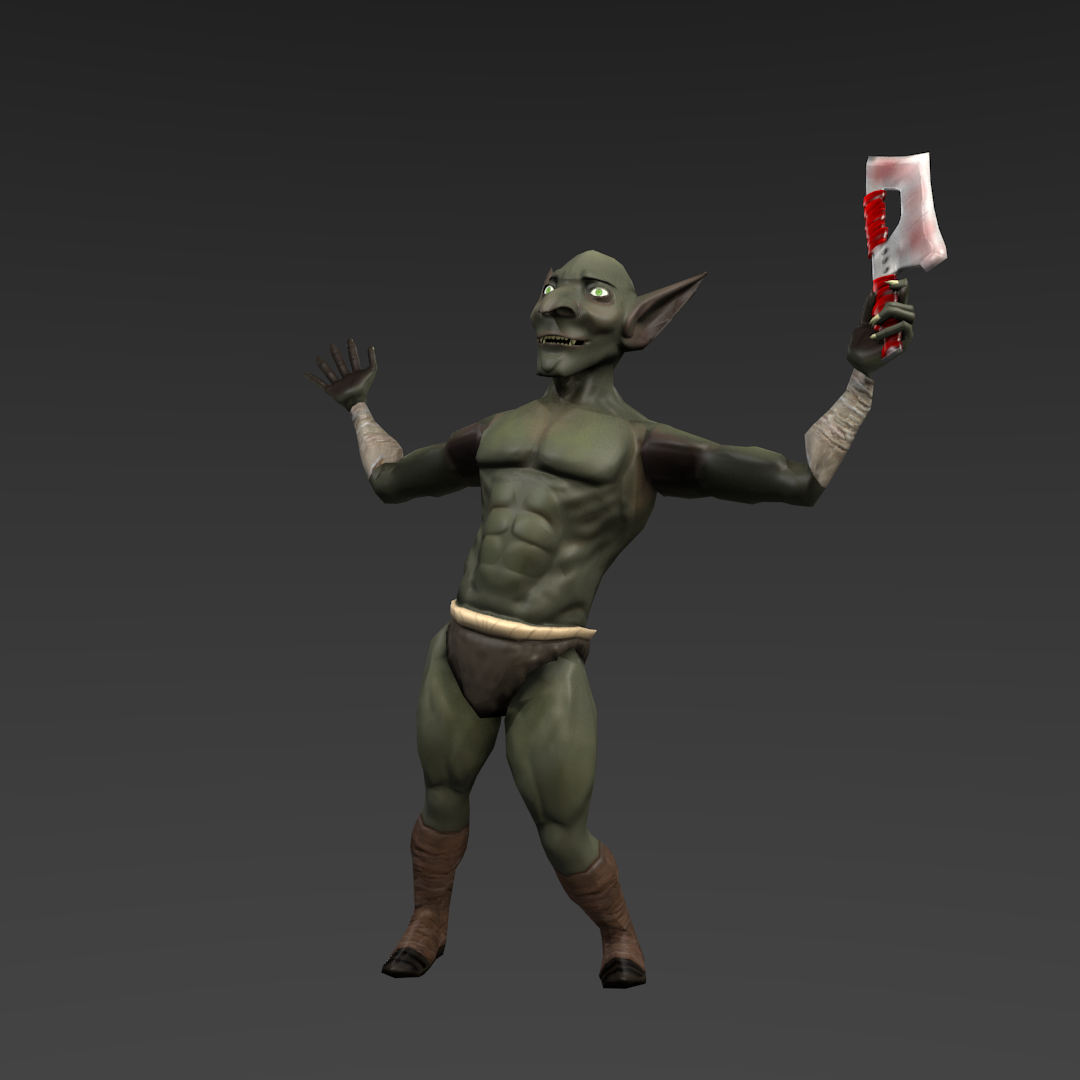Goblin Captures & Adventures: Art, Stories & Animations!
Is the fascination with the monstrous and the macabre a reflection of our deepest fears, or a window into a realm of unexpected beauty? The enduring popularity of stories featuring goblins, both in animation and other artistic forms, suggests a complex and multifaceted engagement with these often-maligned creatures, hinting at a narrative landscape far richer than mere depictions of good versus evil.
The exploration of goblins in art, animation, and storytelling is far from new. The impulse to depict these creatures, to delve into their societies, motivations, and interactions with other beings, has a long and storied history. These narratives can range from the humorous to the horrifying, the fantastical to the disturbingly realistic, yet all share a common thread: the desire to understand, or at least to acknowledge, the presence of the "other." A simple photo of a mage, captured by goblins, becomes a starting point for a thousand tales. The implications are numerous, the possibilities endless, and the human fascination with such narratives is a testament to the enduring power of the imagination.
In the realm of tabletop role-playing games, for example, the perspective shifts. Instead of focusing solely on the heroic adventurers, the narrative takes on the voice of the goblins, the monsters themselves. This subversion of expectations provides an opportunity to explore themes of prejudice, survival, and the complexities of moral choices. The very act of allowing the "enemy" to speak, to share their experiences and perspectives, offers a rich and often uncomfortable insight into the nature of conflict and the human condition. In the animated series that is now evolving, the story has already captured attention, and with the evolution, it will be a matter of time before it reaches the hearts of many people. This is also the case with side stories, which shows how goblins can influence the viewers' perspective.
Often, the goblin is depicted as the embodiment of everything that is considered "other" or "inferior." They are frequently portrayed as sneaky, numerically superior, and often lacking in the virtues typically associated with traditional heroism. Lydia, a skilled warrior, for example, has to face the reality of facing goblins, not the kind of evil, that she has seen before. Yet, it is the goblin's very "otherness" that makes them such compelling figures. Their actions, motivations, and social structures can provide a mirror to our own societies, reflecting our prejudices, fears, and aspirations. Such narratives, far from being simply escapist entertainment, offer opportunities for critical reflection on ourselves and the world around us.
One such project, offers a deep dive into the lives and struggles of the goblin, exploring their culture, their challenges, and their place within a larger world. In this context, the animated series and video games can take their inspiration from many places. The Goblin Slayer franchise, for instance, serves as a loose parody in many cases. Its a world filled with magic, chivalry, and the constant threat of the monstrous. This kind of environment allows for the exploration of complex themes, such as the nature of good and evil, the consequences of violence, and the importance of community and resilience. Through their actions, the creators of the project are able to confront viewers in such ways that they are able to question their own world as well. The goblin's survival, and the lengths to which they go to achieve it, can be both inspiring and a cause for reflection.
In the realm of art, the goblin's image can be both captivating and disturbing. The imagery, often featuring graphic depictions of violence, can be interpreted in several ways. Some see it as a straightforward portrayal of brutality. Others view it as a means of confronting our own anxieties, of acknowledging the dark and disturbing aspects of human nature. Still others see in it an invitation to explore themes of power, control, and the objectification of the other.
The themes that appear in these works are not by accident. It speaks of a dark underworld where humans are treated inhumanly and are put on the edge of their very existence, and the goblins represent some kind of higher power. In the narrative, characters find themselves at the mercy of their captors, highlighting the vulnerable position. The images evoke strong emotional reactions, as the audience is challenged to confront their own discomfort and perceptions of morality. The use of such powerful images can be seen as a commentary on the ways in which power dynamics and social structures influence our perceptions of right and wrong.
Beyond the individual narratives, the widespread presence of goblins in various artistic forms reveals a deeper cultural phenomenon. The goblin, in its many incarnations, serves as a potent symbol, capable of embodying a wide range of themes and emotions. The "golden age of dhakaan", with its golden goblin bicuspid, and the goblin boss encounter in various tabletop games are further instances of how the goblin has been introduced to the world. The fact that these figures continue to resonate with audiences across different media and generations speaks to their enduring power as archetypes. They are always the monsters, but the context changes and this is where the artistic nature of the character's image takes its true potential. This is a way of showing the good and the evil, without any judgment.
The emergence of animation, in particular, offers a new perspective on these creatures. The "mage captured by goblin animation" is a prime example of this process. The moving image is able to capture the dynamism of these fictional worlds, allowing creators to develop compelling narratives and visuals that can be both terrifying and compelling. The upcoming animated series promise to build upon this legacy, presenting new perspectives, themes, and narratives that engage the audience and continue to explore the complex, often contradictory, place of goblins in human imagination. It can be said that these forms of entertainment can be seen as nothing more than entertainment, yet they can also be a valuable resource for creative purposes.
The animation and artistry go hand in hand with the evolution of the project, the same is true for other projects, like "Goblin Slayer side story ii," further shows the narrative scope of the narrative. It will continue to show this dark world that we can now observe. As the project continues, viewers can get the feeling that they are inside the story, as if they were living it, and this is due to the artistic nature of the visual effects.
The story of the "evil goblins" that captured the woman and kept her in a cave for five days and six nights is a clear example of how this fictional imagery is able to portray reality. This creates a bridge between these two worlds, allowing us to see the human as a "goblin", to see the world from the eyes of the enemy, which is both a terrifying and a challenging experience. This allows us to explore complex themes of survival and the power of imagination.
Goblins are often portrayed as sneaky, heavily armed, and numerically superior. The fact that they are small, but can be superior is something to admire. This creates a narrative that is not just about good versus evil, but also about the strength of the many. They are often portrayed as loving female knights, and that is what makes them so unique. This provides an opportunity for exploring unexpected themes and ideas.
When our "girl" is seen wandering in a goblin cave, a narrative is created. The fact that she is not with any hope of escaping, and then the mc appears to her rescue, shows that even in the worst places and situations, hope can be present. As the characters are given new paths to follow, the story turns into something beautiful.
The queen of the jungle is bound within the tent of the village king. She awaits execution. These are tales of fantasy, yet they also show our own fears, and our own hopes.
The fact that rankin/bass and its partner animation houses were preparing a sequel before "the hobbit" aired on nbc, shows that these stories can be told and retold to many people, in all forms of media. This offers a way for the characters to have new adventures.
For over a decade, ellipsis stephens has created funny, dark and beautiful images with goblins, showing that goblins' presence can be used to create many themes, which have been used throughout history, and which we can still see today. The presence of these characters has allowed many artists to take inspiration, which has allowed the creation of many beautiful works.
The apprentice is left alone with the voices of goblins, who are gasping and women crying. This narrative is the perfect reflection of the goblins' own nature, who can be described as the "vile creatures." The story of these creatures is something that we can find often in works of fiction and imagination.
The fact that Daphne Blake gets captured and tied up multiple times, like for example she gets tied up by two undead soldiers, is something that we can see in various media. The same can be said of Penelope Pitstop. All these narratives and stories show the goblin's image.
Goblins can be portrayed in both adult and non-adult media, and it is up to the audience to decide whether or not they want to see adult images. But those images, if done right, have their own beauty. They can also provide inspiration for new artists.
The "game" takes heavy inspiration from goblin slayer. This is a story that goes on and on, as it is a loose parody of these characters. Goblins, in this narrative, are taken and used in experiments by the humans. The goblin escapes, and the story begins. The possibilities are numerous, and it is up to the creator of the game to keep the audience captivated.
The animation has provided new forms of media for the audience. From music to the videos, the creativity of those who create this media is nothing but amazing. Ambient realms, for example, continues the story of the enslaved and the poor, captured by goblins for their own sexual urges. This is a dark world, but it continues to fascinate the audience.
The journey into the realm of tabletop rpgs told from the point of view of the goblins, the monsters, instead of the adventurers is a way to show the goblins from a different perspective. These narratives create new possibilities.


